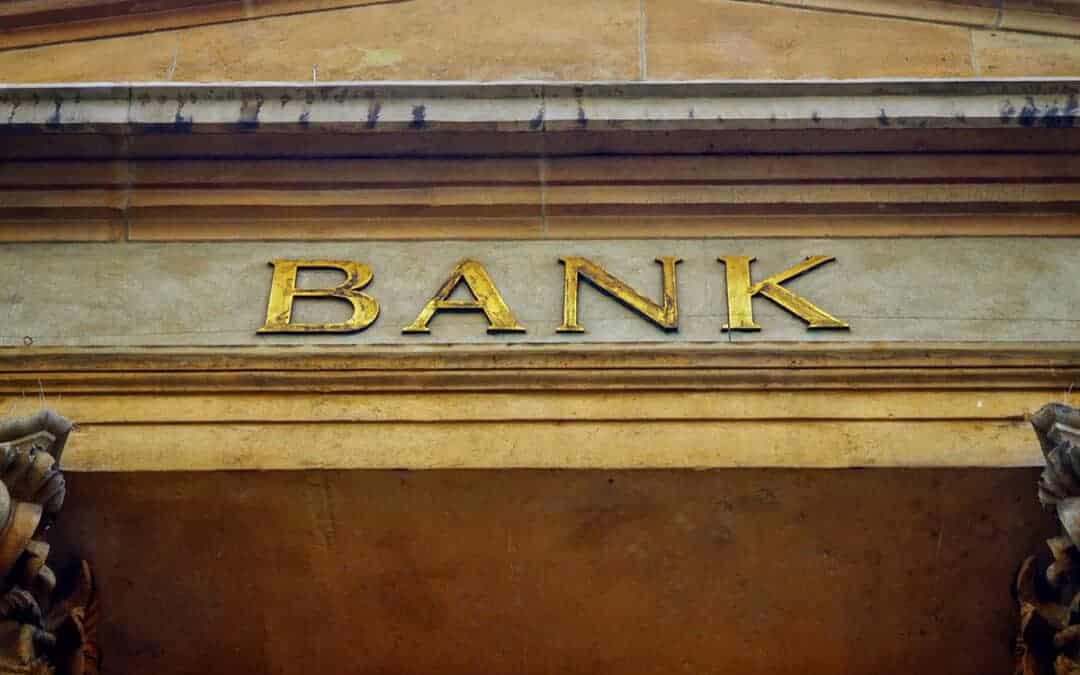
Alert: SBA Issues New PPP Forms and Rules that Self-Employed PPP Borrowers Can Use Gross Income to Calculate Maximum Loan Amount
Disclaimer: This information was correct at the time of publication; however, new guidance from government agencies may be issued at any time, causing some or all of this information to change. Please visit our COVID-19 Business Strategy Hub for the latest news and ensure you are subscribed here to receive email alerts as they are released. We are working diligently to provide the most current information as it becomes available under our COVID-19 Actionable Insights For Businesses Series.
On March 3, 2021, the U.S. Small Business Administration (SBA) issued new Paycheck Protection Program (PPP) rules for self-employed individuals. The rules allow individuals who file Form 1040, Schedule C, Profit or Loss From Business, to calculate their maximum loan amount using gross income instead of net profit. This calculation change is detailed in a 32-page interim final rule titled “Business Loan Program Temporary Changes; Paycheck Protection Program — Revisions to Loan Amount Calculation and Eligibility.”
The reason for the new ruling is to give self-employed individuals access to larger loans, especially for those who do not have much, if any, net profit on their Schedule C. It is important to note that this ruling is not retroactive, and borrowers whose PPP loans have already been approved cannot increase their loan amount based on the new rule.
Self-employed borrowers who have yet to be approved for a PPP first- or second-draw loan can elect to calculate the owner compensation share of its payroll costs based on either net profit or gross income. There are instructions provided for maximum loan calculations for Schedule C filers with no employees and with employees. For Schedule C borrowers, PPP proceeds can cover the following:
- Owner compensation if net profit is used, or proprietor expenses defined as business expenses plus owner compensation if gross income is used.
- Employee payroll costs.
- Business rent payments.
- Mortgage interest payments.
- Business utility payments
- This applies to borrowers entitled to claim a deduction for such expenses on their 2019 or 2020 Schedule C (depending on which one was used to calculate the loan amount).
- Interest payments on any other debt incurred before February 15, 2020.
- The following, as defined in Section 7A(a) of the Small Business Act and to the extent they are deductible on Schedule C:
- Covered property damage costs
- Covered supplier costs
- Covered operations expenditures
- Covered worker protection expenditures
In addition to the interim final rule, the SBA also released an updated set of frequently asked questions and six updated / new application forms. The forms include:
- 1) Updated PPP borrower first-draw application form: Form 2483
- 2) Updated PPP borrower second-draw application form: Form 2483-SD
- 3) New PPP first-draw borrower application form for Schedule C filers using gross income: Form 2483-C
- 4) New PPP second-draw borrower application forms for Schedule C filers using gross income: Form 2483-SD-C
- 5) A revised lender application form for PPP loan guaranty: Form 2484
- 6) A revised PPP second-draw lender application form: 2484-SD
If you have additional questions about the latest round of the PPP, our PPP loan consultants are here to help. We can assist with applications for first- or second-draw PPP loans and PPP loan forgiveness calculations. Contact us for more information.
